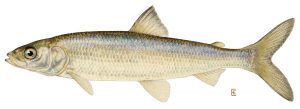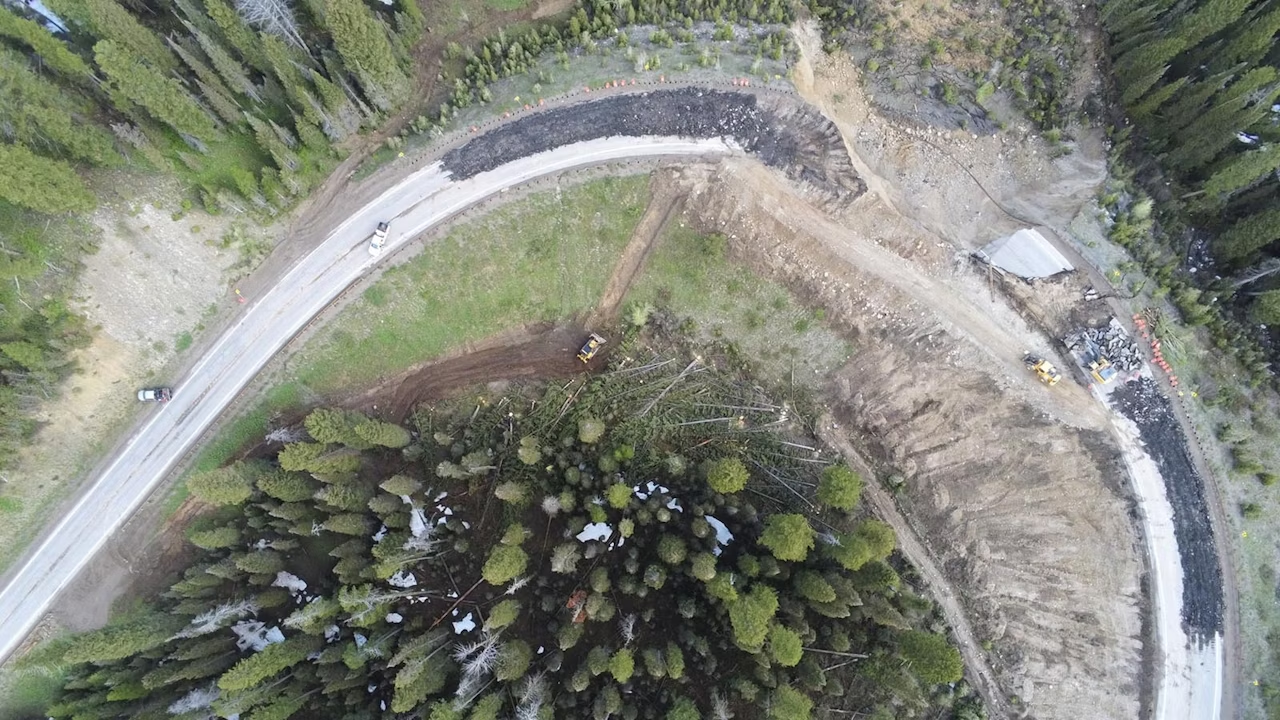Yellowstone officials work to remove invasive fish species
Written by Associated Press on April 14, 2021
IDAHO FALLS, Idaho (AP) — Park officials in Yellowstone National Park have reported efforts to protect threatened native cutthroat trout have been progressing, but concerns remain after officials discovered another invasive fish species.
Yellowstone fisheries biologist Todd Koel said they first discovered a small cisco fish, native to the Great Lakes, two years ago, the Post Register reported.
It is unclear how the cisco arrived in the park because the park has no natural connections to the lakes, officials said.
The cisco was a 3-year-old female and Koel said tests determined it was born in the lake, meaning it has parents and probably “thousands of siblings.”
The discovery came as the park has made significant progress in suppressing invasive lake trout that were found about 25 years ago.
Officials said the presence of the lake trout affected native fish populations, the ecology of the park and animals that rely on native species for food. In 2012, lake trout numbers stopped increasing and the native cutthroat trout started rebounding.
“I’ve got great optimism that the adult lake trout population has declined dramatically over the last six to seven years, and as a result, the cutthroat are coming back,” said Dave Sweet, Trout Unlimited’s Yellowstone Lake special project manager. “It’s very encouraging.”
The lake trout suppression project is expected to undergo an annual review next week, officials said.
Since the discovery of the ciscos, Koel said scientists have been working to find more by netting them and through environmental DNA sampling. Officials have also opened up the stomachs of lake trout, which sometimes eat ciscos.
“This is not a good discovery at all,” Koel said. “We’re doing netting specifically for cisco now just to try and find more. Not suppression netting like we do for lake trout, but we’re doing targeting netting in ways that we could maybe catch another cisco.”
Koel said the lake trout population has declined more than 80% because of officials’ efforts but now they have to worry about a completely different invasive species.
Suppression efforts are funded by the park budget and two groups, including Trout Unlimited.





